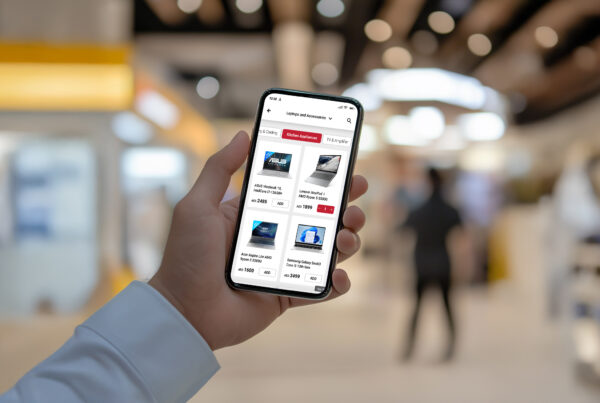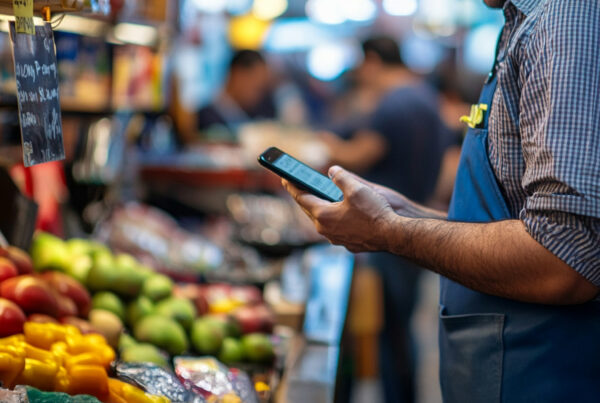The COVID 19 pandemic might be temporary; however, it is causing a permanent impact on the restaurant industry world over.
We are already witnessing a significant change in the customer – restaurant relationship and the restaurant – aggregator relationship. While the first warrants a massive revision in the safety and sanitation expectation by the customers from a restaurant, the later is under severe scrutiny over the ownership, dependency, and commissions issue.
With precious learnings from the crisis embedded into both the consumer and restaurant psyche, the changes will be massive and long-lasting. Needless say, the post-COVID 19 restaurant business will be different in many aspects.
- Business Model
- Customer Data
- Direct Ordering
- Restaurant’s USP
- Customer Expectations
- Paid Digital Marketing
1. Business Model
With the dining capacity unlikely to come back to full occupancy any time soon, restaurants are focusing on infusing profits back into the system through food delivery and takeout services.
In the food delivery space, restaurants are further trying to reduce their dependence on food aggregators – inching towards building a system that grants them greater ownership of the ordering and delivery process and better profits. With delivery ecosystems like Lyve, gaining traction amongst restaurateurs in the middle east, the shift is likely to cause a more significant rift in the restaurant – aggregator equation.
Other than this, online ordering platforms, digital menu builders, app, and website builders are already witnessing a surge in demand as merchants gravitate towards single-brand focused solutions.
More and more restaurants today are investing in building their ordering capability and fleet of drivers to get direct orders without compromising on data and commissions. The trend will expand further in the post-COVID phase.
2. Customer Data
The lack of customer data handicaps the possibility of retargeting the customers, promoting brand loyalty, and drawing critical insights to make the product and marketing campaigns better. It ensures that the restaurant remains dependent on the platform to drive order volumes and keeps investing money for customer acquisition. The amalgamation of this data at the aggregator’s end makes it a double-edged sword. It can provide critical business insights to help your competition scale up for a higher price/package.
Restaurants have now realized the importance of owning their customer’s database for both – refining their marketing activities and ensuring repeat orders. Hence, orders coming through the restaurant app, website, social media handles are likely to become far more critical for the restaurateur, as it will provide data that is pivotal for new customer acquisition and retention. With an intent to capitalize on this demand, there are new aggregators in the market with a plan to modify the existing aggregator model by sharing the customer data with the restaurants that opt-in.
While the ownership of data is an issue that will definitely gain prominence, it will also be a welcome change for restaurant owners.
3. Direct Ordering
Commission-free direct orders delivered to the customer’s house is the golden goose category that restaurants will want to focus upon. Multiple solution providers are helping restaurants become more active online to achieve this. With a focus of putting the restaurant first, Lyve is leading the bandwagon with an end to end solution that is fully loaded with features and pre-integrated 3rd party tie-ups. It provides an ecosystem that helps restaurateurs acquire, engage, and convert customers without charging any commissions.
While there is minimal focus on customer retention and repeat orders in aggregator apps, with the Lyve loyalty program the customer is hooked and coming back for more.
4. Restaurant’s USP
A greater focus on enhancing the restaurant’s unique selling point will be witnessed. To stand out from the crowd for the limited demand in the market, restaurants will focus on sanitation, innovation, and creative ideas to get through to the customer. Now is the time for restaurants to popularize their strength and uniqueness. With direct orders taking center stage, greater advocacy and word of mouth will help drive direct orders, and that’s the goal every restaurant will be aiming for.
5. Customer Expectations
The customer’s expectation from the restaurant has already undergone a massive change with sanitation, food quality, and sourcing of raw material, becoming the primary reasons for evaluating a restaurant. Quality control and sanitation inspections will be taken far more seriously, and visuals of staff wearing masks and gloves will become a standard feature to convince potential business customers.
With COVID 19 hitting the economy world over and many people losing jobs, customers will place greater importance on discounts to get maximum value for money spent as compared to before.
Sparsely populated restaurants, with a focus on sanitation, discounts and deliveries, will incur more operational costs than they were undertaking before the COVID 19 phase.
6. Paid Digital Marketing
The F&B industry has largely underutilized social media platforms until 6 months ago. Merchants are beginning to discover the massive scope of social media platforms. What started as a pure customer engagement platform has now evolved into customer acquisition, conversion, and retargeting platform for restaurants.
With geo targeted posts, boosted within the delivery circumference, merchants can redirect customers to their ordering platform with one click.
However, with organic reach on the platform going down year on year, paid campaigns will be required to reach a bigger audience and encourage conversions with CTA buttons like see menu/shop now.
Paid campaigns on the google search engine and other marketing platforms with a direct link to the landing page to place an order are going to be a common feature. While this will ensure direct traffic every time a potential customer looks up a restaurant online, it will bring back control and ownership back in the hands of the restaurant owner.
COVID 19 has fast-tracked some of the impending problems that restaurants were facing already. The situation has yet again underlined the need for a long term perspective on making businesses more profitable. A holistic merchant-focused solution is the need of the hour, and Lyve provides you just that. Schedule a demo with our team to better understand how can Lyve equip you to adapt to the changes mentioned above.



